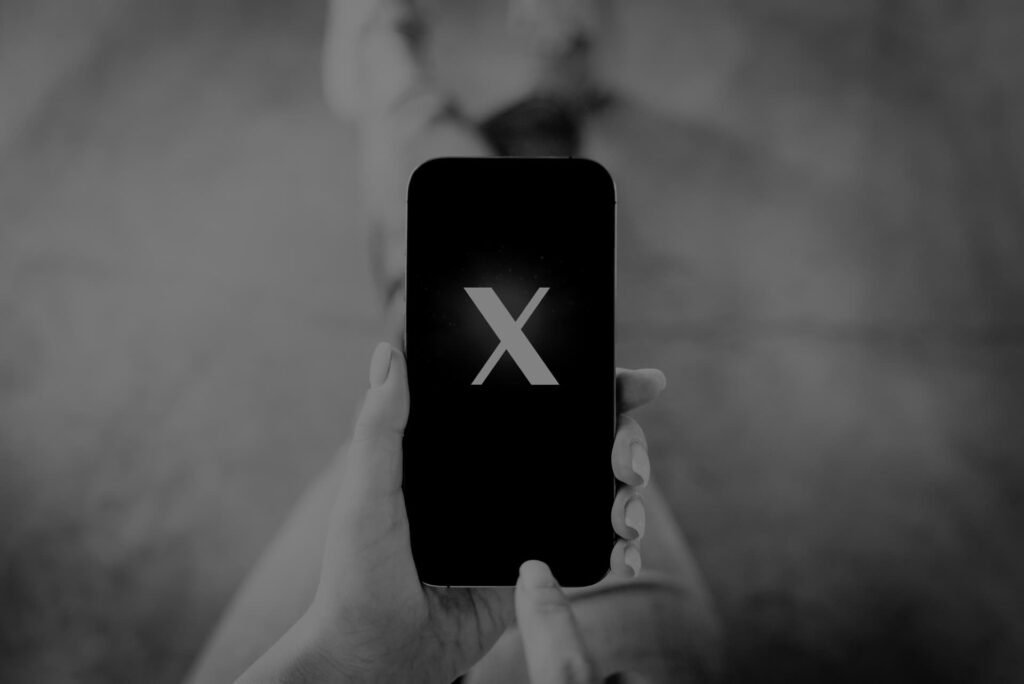By Maya Rodriguez
Let the data tell the story. Here’s what the numbers reveal about your social media performance—and why those impressive follower counts might be misleading you about actual business impact.
After eight years of managing social media budgets at Fortune 500 companies, I’ve witnessed countless marketing teams fall prey to what I call the “vanity metric trap.” They celebrate hitting 100K followers or achieving millions of impressions while their actual business objectives remain unmet. The harsh reality? Those numbers often have little correlation with revenue growth or customer acquisition.
The Problem with Traditional Social Media Metrics
Most businesses are still measuring social media success through surface-level metrics that make them feel good but don’t drive business decisions. Likes, shares, follower growth, and reach are certainly indicators of engagement, but they’re not indicators of profitability. I’ve worked with companies that had massive social media followings yet couldn’t trace a single dollar of revenue back to their social efforts.
[Image suggestion: Split-screen comparison showing “vanity metrics” (likes, followers, shares) on one side versus “business metrics” (revenue, conversions, customer lifetime value) on the other]
The disconnect occurs because traditional metrics measure activity, rather than outcomes. When a CFO asks about the return on investment for your $50,000 monthly social media spend, telling them about your engagement rate won’t cut it. They want to know how many customers you acquired, how much revenue you generated, and what each customer cost to acquire through social channels.
What Real ROI Measurement Looks Like
True social media ROI requires connecting your social efforts directly to business outcomes. This means tracking metrics that matter to your bottom line: customer acquisition cost through social channels, lifetime value of social media-acquired customers, conversion rates from social traffic, and revenue attribution by platform and campaign.
In my experience managing campaigns for a major retail client, we found that while Instagram generated the highest engagement rates, LinkedIn actually delivered customers with a 40% higher lifetime value. Without proper ROI measurement, we would have continued pouring budget into Instagram because the vanity metrics looked impressive.
[Image suggestion: Dashboard screenshot showing real ROI metrics with revenue attribution by social platform]
The key is implementing proper attribution modelling. This involves utilizing UTM parameters, conversion tracking pixels, and customer journey mapping to track social media touchpoints throughout the entire sales funnel. When someone sees your Facebook ad, engages with your Instagram content, and then converts through an email campaign, you need systems that can credit social media for its role in that conversion.
Setting Up Your ROI Tracking Framework
Building effective ROI measurement starts with defining clear business objectives for each social platform. Are you using Twitter for customer service? LinkedIn for lead generation? Instagram for brand awareness that drives store visits? Each platform should have specific, measurable goals tied to business outcomes.
Next, establish your tracking infrastructure. Google Analytics with enhanced ecommerce tracking, social media pixel implementation, and CRM integration are non-negotiables. I recommend creating unique landing pages for social campaigns to improve attribution accuracy. When someone clicks from LinkedIn to a dedicated landing page, you can confidently attribute any resulting conversion to your LinkedIn efforts.
[Image suggestion: Flowchart showing customer journey from social media touchpoint to final conversion, with tracking points highlighted]
Customer surveys and feedback forms also provide valuable attribution data that digital tracking might miss. Ask new customers how they heard about you, what influenced their purchase decision, and which touchpoints were most useful in their journey. This qualitative data fills gaps in your quantitative tracking.
The Metrics That Actually Matter
Revenue per social media visitor tells you which platforms drive the most valuable traffic. Cost per acquisition by channel helps you optimize budget allocation across platforms. Customer lifetime value by acquisition source reveals which social channels bring the most profitable long-term customers.
Conversion rate by social platform shows which audiences are most ready to buy. The time to conversion from the first social touch helps you understand the sales cycle length and plan nurturing campaigns accordingly. Share of social-attributed revenue compared to other marketing channels demonstrates social media’s true contribution to your business.
[Image suggestion: Infographic displaying the key ROI metrics with brief explanations and example calculations]
I tracked these metrics for a B2B software client and discovered that while their Facebook campaigns had lower engagement rates than their Instagram content, Facebook visitors were converting to trials at twice the rate. This insight led us to reallocate budget toward Facebook lead generation campaigns, resulting in a 60% increase in qualified demo requests.
Beyond Direct Attribution: Measuring Social’s Influence
Social media often plays an indirect role in conversions, making attribution challenging but not impossible. Brand lift studies can measure how social campaigns influence brand awareness and purchase intent, even when conversions happen offline or through other channels.
Multi-touch attribution models help distribute conversion credit across all customer touchpoints, giving social media appropriate recognition for its role in the customer journey. Incrementality testing, where you pause social campaigns for specific audiences and measure the impact on overall conversions, provides clear evidence of social media’s contribution to business results.
Making ROI Data Actionable
Collecting ROI data is only valuable if you act on the insights. Regular analysis should inform budget reallocation between platforms, content strategy adjustments, and campaign optimization. If LinkedIn generates higher-value customers but at a higher cost per acquisition, you might invest more in LinkedIn while working to improve conversion rates on lower-cost platforms.
[Image suggestion: Before and after budget allocation chart showing how ROI data influenced spending decisions across social platforms]
Seasonal patterns in your ROI data can guide campaign timing and budget pacing throughout the year. Customer lifetime value differences by social channel should influence your content strategy—platforms that attract high-value customers might warrant more educational, high-quality content even if it generates lower engagement rates.
The Long-term View of Social ROI
Remember that social media ROI isn’t always immediate. Brand-building efforts on social platforms create value that compounds over time, influencing customer acquisition costs across all channels. Consistent social presence reduces the cold outreach needed for sales teams and improves conversion rates for paid advertising by building audience familiarity with your brand.
The most successful social media strategies I’ve implemented balance short-term performance marketing with long-term brand building. While you should certainly track immediate ROI, don’t ignore the broader business impact that social media can have on brand equity, customer lifetime value, and overall marketing efficiency.
True social media success isn’t measured in likes or followers—it’s measured in business growth, customer acquisition, and revenue impact. When you shift your focus from vanity metrics to real ROI measurement, you’ll not only justify your social media investment but also optimize it for maximum business impact.




